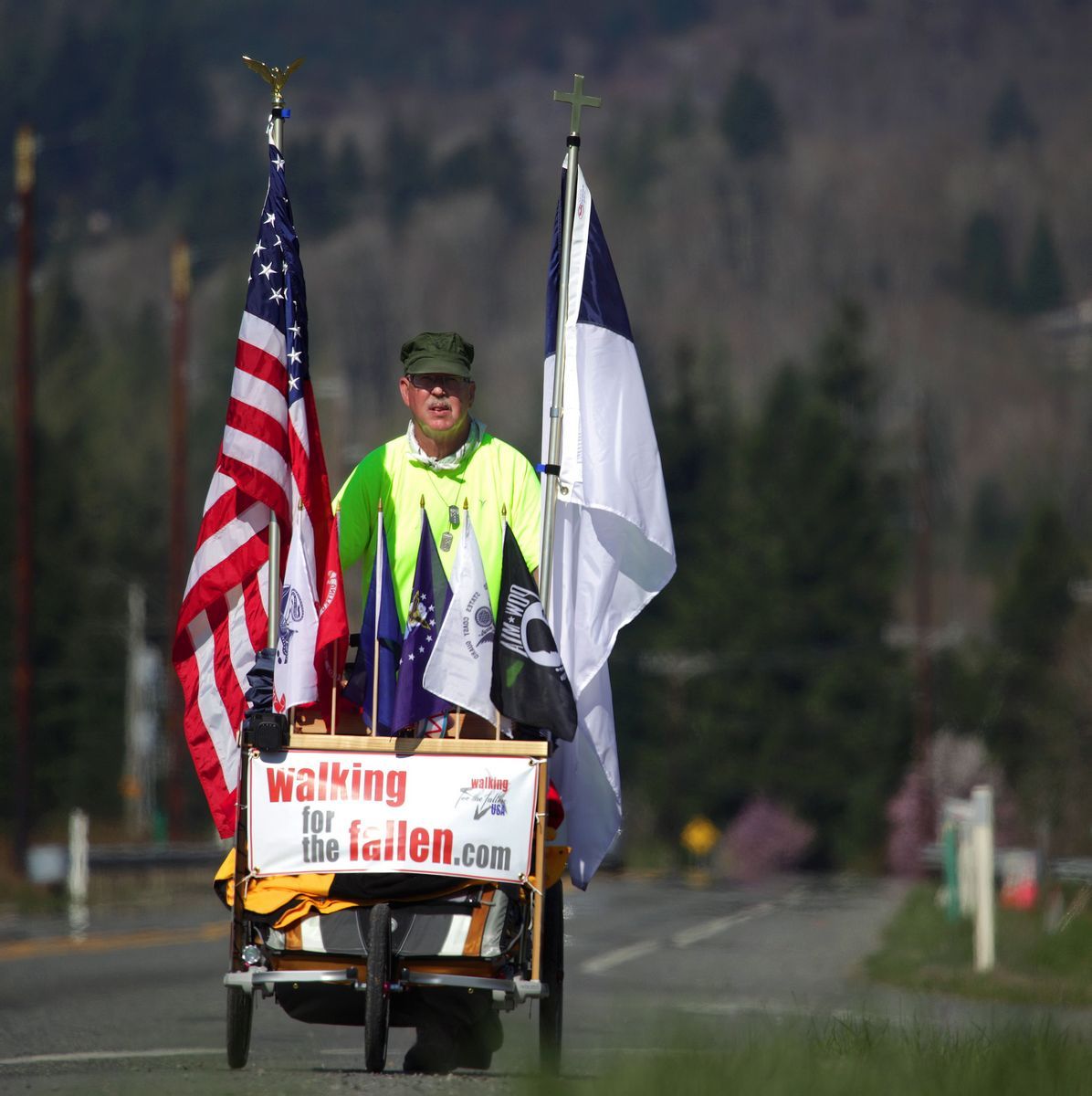By Jack McNeel, Indian Country Today Media Network
There are no tipis, no horse parades, no trailers selling frybread. There’s not even any grass or dirt, but there’s no question that this is a pow wow—an important, meaningful pow wow. The smiles on the faces of the inmates, the laughter, the hugs and kisses, the families mixing freely with the prisoners—all this makes you momentarily forget that you are in a Washington state prison, in a large concrete room, surrounded by iron bars and razor wire.
What made the 2012 pow wow even better than the previous year’s is the kids, who were for the first time allowed to attend. The printed program provided at Airway Heights Corrections Center says: “This ceremony is dedicated to the shorties. We love you.”
In 2010 the state of Washington removed various traditional practices and religious rights from Native inmates because of budget constraints. One of those was access to pow wows. Some of those rights were reinstated in 2011, thanks to the work of tribal leaders and tribal lawyers. Common sense also prevailed, with people recognizing that the rehabilitation of inmates would be enhanced if these religious and cultural practices were permitted.

A new organization was formed to help Native prisoners receive better opportunities for cultural and religious activities aimed at rehabilitation. It’s called Huy, from a Coast Salish word meaning “See you again / We never say good-bye.” Gabriel S. Galanda, chairman of the board for that group, says, “Our imprisoned relatives are virtually forgotten, even by tribal communities. Huy intends to keep them in our hearts and minds, and to improve their tribal ways of life behind bars.
Minty LongEarth, an enrolled Santee Indian Nation of South Carolina tribal member, is the Native American Religious Services program director with the United Indians of All Tribes Foundation in Seattle. She basically oversees all the prison pow wows throughout the state. “There are 12 Washington prisons and at those 12 there are 20 Native circles,” she said.
An inmate from Montana who is a member of the Gros Ventre Tribe is at Airway Heights Corrections Center. He is grateful that someone had brought the pow wow back to his prison. “It’s a beautiful thing—all of us gathered together,” he says. “It’s a gathering of all our family, loved ones.… We’re one family, one circle. We dance and we sing and we pray and everything comes together.”
His nephew grabs a bite of food as his mother adjusts his regalia. He then joins his uncle in the dance area, moving to the beat of the drum, very much at ease despite the prison’s concrete walls. “It’s sharing,” he says. “Sharing gifts, stories, meeting new people, new tribes, different nations, different people. I take this walk seriously, this red road seriously. I’m a true believer in everything—the sweat lodge, pow wow, anything sacred.
“I had to come to prison, but prison isn’t always a bad thing. There’s good that comes with it—like this. It helps me get through the year. It’s the happiest I’ve been for a while. I can’t thank the Creator enough for this time and opportunity to be with my family and share this moment. I carry this deep within my soul, my heart, my spirit.”
Another inmate, from Fort Peck, Montana, also treasures the pow wows. “You can’t really put into words how much this means to us,” he says. “It’s the one day of the year that we’re able to show our families we’re better than what they saw us out there doing. Today was the first time that I’ve seen so many grown men in here shed a tear—[that happened] when they saw the little shorties out there dancing.” He says he still has a long time left on his sentence, 25 years, but, “this will help me get through the whole next year. Right after today we’ll start planning and looking forward to the next one.”
Joseph Luce, the chaplain at Airway Heights, also praises the monthly opportunities for Native inmates to engage in cultural activities: “Once a week they get to go out to the sweat lodge area. Twice a month they’ll sweat. The weeks they’re not sweating, they’ll go out and do a pipe ceremony outside. Once a week they’ll be drumming. They get together on average a couple times a week. We also offer special classes to work on drum skills and work on beading skills.”
The pow wow at the Coyote Ridge prison has a slightly different feel from the one at Airway Heights. Security seems a little tighter, but the smiles are equally broad and the drums equally busy.
“These kids coming to prison now are getting younger and younger,” says one inmate who has spent many years in prison. “How are we going to change that cycle? Inside prison, through this program, we’re able to bring up the younger kids, the 18-, 19- and 20-year-old kids and change their lives around by giving them a tool, by giving them a skill. Having them interact with United Indians of All Tribes. Just maybe through that collaboration they’ll be able to get some kind of help when they do get out.
“This is the biggest event of the year for the prison,” he says. “Without this event, life would really suck. This is a really happy event. You see all the men with smiles on their face. There’s a lot of unity here. Unfortunately, in the cells, that unity isn’t there. Here we come together as a family, as a fellowship. We can look at each other and think, That‘s my brother, my friend. This is almost like being free.”
Read more at http://indiancountrytodaymedianetwork.com/2013/04/03/washingtons-prison-pow-wows-are-good-inmates-and-their-families-148509














